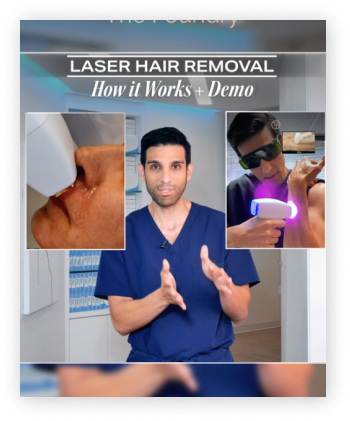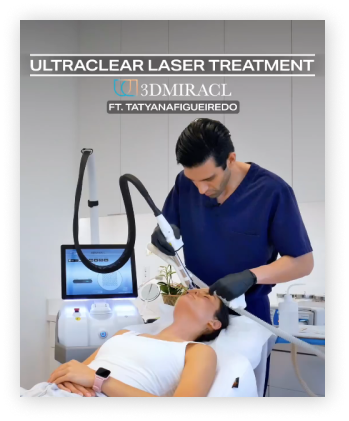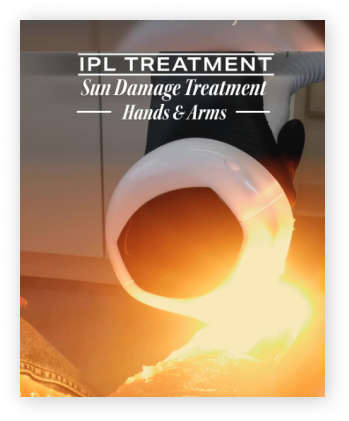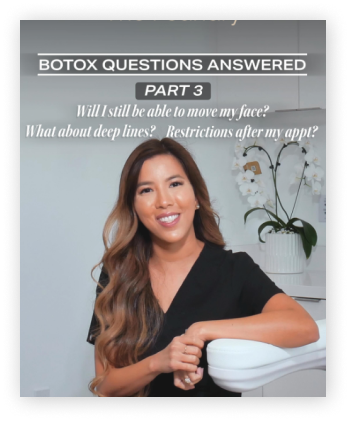As we age, the jawline and lower face are often the first areas to show signs of sagging, with jowls becoming a common concern. While surgical facelifts have long been a solution, the rise of non-surgical treatments now offers a less invasive and more accessible approach. In this guide, we’ll explore top methods for lifting and tightening your jawline, revealing how to say goodbye to jowls with lasting, natural-looking results.
Understanding the Causes of Jowls and Sagging Jawline
Jowls don’t simply appear overnight—they’re the result of several overlapping biological processes that often go overlooked. While collagen loss and skin laxity are well-known contributors, few discuss the impact of deep structural shifts: fat pads in the midface descend, ligaments weaken, and the mandibular bone actually begins to remodel and shrink with age. Compounding these changes, repetitive facial movements and tech-induced posture (like constantly looking down at screens) can accelerate the breakdown of support tissue in the lower face.
Hormonal fluctuations, especially during perimenopause and menopause, also affect skin density and hydration, undermining elasticity. Genetics determine the speed and extent of these shifts, but modern lifestyle factors—like chronic stress and poor lymphatic drainage—play a significant role. What’s more, some individuals unconsciously clench or grind their jaws, placing stress on lower facial muscles and subtly altering the jawline over time. Understanding these nuanced causes enables a more strategic, customized approach to treatment and prevention.
Non-Surgical Options for Lifting and Tightening the Jawline
When it comes to non-surgical jawline rejuvenation, several advanced treatments can help lift and tighten the area, providing visible results without the need for incisions or long recovery times. These non-invasive interventions are especially valuable for individuals in their 30s to 50s who are experiencing early signs of jowl formation, volume descent, or mild skin laxity. Rather than waiting until surgical intervention is necessary, these treatments empower patients to maintain their youthful structure and delay more invasive procedures. What sets today’s approach apart is its focus on balance, proportion, and personalized correction—achieving lift not by “freezing” expression or overfilling the cheeks, but by restoring natural definition and harmony to the lower face.
Botox for Jawline Contouring
Botox isn’t just for wrinkles; it can be strategically used to tighten the jawline by relaxing the muscles responsible for sagging. This technique can help smooth out the appearance of jowls and give the jawline a sharper, more defined contour.
Dermal Fillers for Volume Restoration
Hyaluronic acid-based fillers, such as Restylane, are ideal for restoring lost volume in the lower face. These fillers add volume and stimulate collagen production, lifting the jowls for a more youthful appearance.
Profound RF for Skin Tightening
Profound RF combines microneedling with radiofrequency energy to stimulate collagen and elastin production in the deeper layers of the skin. This treatment helps tighten the skin around the jawline and enhances overall skin quality, leading to a smoother, firmer profile.
How Long Do the Results Last?
The longevity of non-surgical jawline treatments varies depending on the specific procedure and individual factors. Botox typically lasts 3 to 6 months, as its effects gradually wear off and the muscles regain their activity. Dermal fillers, such as Restylane, offer results that can last from 6 to 18 months, with the duration influenced by the area treated and how the body metabolizes the filler. Profound RF results can persist for up to a year or longer, as collagen and elastin fibers continue to improve the skin’s structure over time. Lifestyle factors such as diet, hydration, and sun exposure can also impact the duration of results, emphasizing the importance of consistent skincare and maintenance treatments to prolong the effects. Regular follow-up appointments are essential to maintain optimal results.
Key Benefits of Non-Surgical Treatments for Jowls
Non-surgical treatments offer a range of advantages for those looking to address sagging jowls without the risks, downtime, or permanence of surgery. These benefits often go beyond what is commonly promoted:
- Customizable for Facial Asymmetry: Treatments can be precisely adjusted to one side of the face, allowing for subtle corrections that enhance symmetry.
- Progressive Improvement: Some procedures, like collagen-stimulating technologies, continue to improve skin texture and firmness over several months.
- Preservation of Natural Expression: Unlike surgical lifts, non-surgical techniques avoid pulling or tightening that can distort natural movement or facial identity.
- Layered Treatment Approach: You can combine different modalities—such as neurotoxins and fillers—over time, layering improvements rather than relying on one solution.
- Minimal Social Downtime: Most patients resume daily life the same or next day, making these ideal for professionals or caregivers.
- Reversibility and Flexibility: Hyaluronic acid-based fillers can be adjusted or dissolved if the aesthetic outcome needs refinement.
- Supports Preventative Aging: Strategic early use of non-surgical options can delay or reduce the need for surgical intervention later in life.
Maintaining Results: Tips for Long-Lasting Jawline Contouring
Achieving a sculpted, lifted jawline through non-surgical treatments is only part of the journey—what you do after can significantly impact how long your results last. Long-term contouring success depends on both lifestyle and skin health. Supporting collagen production internally through nutrient-rich foods and hydration plays a major role, as does avoiding habits like teeth grinding or sleeping on one side, which can gradually impact facial symmetry. Medical-grade skincare regimens, especially those rich in peptides and retinoids, help maintain the skin’s firmness between treatments.
Hormonal fluctuations during perimenopause and menopause can also influence soft tissue volume and skin laxity, so it’s important to reevaluate your aesthetic plan with your provider as your body changes. UV protection remains essential—sun exposure continues to be a top contributor to collagen breakdown, even after treatment. Maintenance sessions every 6 to 12 months are recommended not just to preserve results, but to keep pace with natural aging and ensure your jawline continues to reflect your overall vitality.
Conclusion
Lifting and tightening the jawline no longer requires surgery—today’s non-invasive technologies offer refined, natural-looking results with minimal downtime. The key to lasting improvements lies in understanding both the treatment options and how to support your skin’s health long-term. By addressing underlying causes and tailoring your aesthetic plan, you can maintain a youthful, defined profile that evolves gracefully over time. Ready to take the next step? Visit us or call (626) 240-1212 to schedule your personalized consultation at The Foundry.











